
Veggie Desserts: The Sweetest Way to Sneak Vegetables into Your Diet
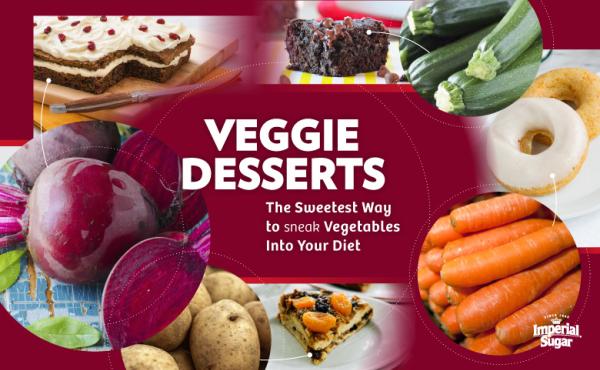
With a couple of clicks, we can have thousands of recipes available to satisfy our sweet tooth. In a quest to reinvent and reimagine classic desserts, a notable trend is on the rise: incorporating vegetables, either hidden or as the star ingredient.
This inventive approach highlights the remarkable adaptability of vegetables as they take on starring roles in sweet treats that appeal to bakers looking to infuse their favorite desserts with a touch of nutrition. Veggie-based desserts challenge conventional dessert boundaries while providing a delightful way to reap the nutritional rewards of vegetables. Join us as we explore ways to incorporate vegetables into dessert recipes and share some of Imperial Sugar's top veggie dessert creations.
Benefits of Adding Vegetables to Desserts
Incorporating vegetables into dessert recipes offers several benefits beyond simply satisfying a sweet tooth. Vegetables are rich in vitamins, minerals, and fiber, which can help improve the overall nutritional profile of the dessert. Additionally, the inclusion of vegetables contributes to a diverse and colorful palette of flavors and textures, making the dessert more visually appealing and interesting. As a bonus, integrating vegetables into dessert recipes can be an effective way to encourage the consumption of a wider variety of produce, particularly for those who may be hesitant to eat their veggies in more traditional forms. Vegetables can add a significant amount of tenderness to cakes, muffins, cookies, or other desserts, allowing a reduction of butter or oil. Another benefit of vegetables in desserts is that they will remain moist for many days.
Tips for Choosing the Right Vegetables for Desserts
Vegetables like sweet potatoes, zucchini, and beets naturally lend themselves to sweet dishes due to their inherent sweetness, while others, like avocados, can be transformed into vibrant, creamy components. From cakes and cookies to mousses and ice creams, the creative use of vegetables reinvents traditional desserts, making them more nutritious, visually appealing, and unique in taste.
When selecting vegetables to incorporate into desserts, consider the following tips:
Choose vegetables with natural sweetness: Sweet potatoes, carrots, beets, butternut squash, and pumpkin have an inherent sweetness that pairs well with dessert flavors. These vegetables can be used in cakes, muffins, and pies, adding moisture and depth to the final dish.
Consider texture: The texture of a vegetable influences its suitability for a particular dessert. For example, pureed or finely grated vegetables can provide a smooth texture, while coarsely grated or chopped vegetables can add crunch and contrast.
Explore complementary flavors: Experiment with vegetables that pair well with other ingredients commonly found in desserts, such as chocolate, spices, nuts, and fruits. For instance, chocolate and beets, spinach and berries, or zucchini and cinnamon are all great combinations.
Opt for seasonal produce: Choosing in-season vegetables ensures that you're using the freshest and most flavorful ingredients, which can elevate the taste of your dessert. Additionally, seasonal produce is often more affordable and eco-friendlier.
Don't be afraid to get creative: Don't hesitate to experiment with unconventional vegetable choices, like avocados in mousse, cauliflower in rice pudding, or even kale in a smoothie. Sometimes, the most surprising combinations yield the most delicious results.
Balance flavors and sweetness: When incorporating vegetables into desserts, be mindful of the overall sweetness and flavor balance. You may need to adjust the amount of sugar, spices, or other flavoring agents to accommodate the unique taste of the vegetables.
Test and adapt: As with any recipe, it's essential to taste and adjust as you go. This is especially true when working with vegetables, as their flavors can vary depending on their ripeness and variety. Be prepared to tweak your recipes accordingly to achieve the best possible results.
Keep moisture in mind: When using vegetables with high moisture content, you may need to reduce the amount of liquid in the recipe to prevent the dessert from becoming too soggy or dense. For example, when using grated zucchini or shredded carrots, you can place them in a clean kitchen towel and wring out the excess water. However, if the recipe does not indicate to do so, it is best to follow instructions.
Want to know what's in season in your area? Check out the USDA's Seasonal Produce Guide.
What are the Most Popular Vegetables to Use in Desserts?
Sweet potatoes: These dense and demulcent vegetables are an obvious choice for sweet treats. We love sweet potatoes for their nutty and caramelized flavor. They are rich in fiber, vitamins (especially A and C), and minerals. Sweet potatoes provide natural sweetness and a moist, dense texture to desserts.
The most classic way to use a sweet potato is in Imperial Sugar's classic Sweet Potato Pie, which is a mainstay on southern celebration tables. Pound Cake, Whoopie Pies, Chocolate Chip Cookies, and even Cheesecake are all enhanced with this sweet vegetable.
Best flavor pairings: Cinnamon, nutmeg, ginger, allspice, cloves, maple syrup, brown sugar, pecans, walnuts, and chocolate.
Zucchini: This soft squash offers a delicate flavor and plenty of moisture to baked goods. It’s low in calories and contains vitamins A and C, potassium, and dietary fiber. It adds moisture to baked goods without altering the flavor significantly Because of its airy nature, it's great paired with heavier ingredients, like nuts and chocolate. Try yours baked into brownies or packed into pancakes. And for zucchini purists out there, we have one of the best zucchini bread recipes around.
Best flavor pairings: Cinnamon, nutmeg, cardamom, lemon, dark chocolate, vanilla, almonds, and walnuts.
Carrots: Oh, the humble carrot. The sweet root vegetable has been a baking favorite for years. It's most prominent in the springtime when fresh and in full growth. Carrots are an excellent source of vitamins A and K, fiber, and antioxidants. They add natural sweetness, moisture, and a slightly earthy taste to desserts. You've baked carrots into the southern favorite Carrot Cake, but have you tried Imperial Sugar's Carrot Doughnuts, Carrot Apple Pancakes, Criss Cross Carrot Cookies or even Carrot Cake Oatmeal? We can bet that digging deep into these recipes will create a new family favorite.
Best flavor pairings: Cinnamon, nutmeg, ginger, cloves, orange, raisins, walnuts, pecans, and cream cheese.
Potatoes: A surprising vegetable on this list, we know. But potatoes are a great blank canvas for experimenting with. Potatoes are also a great gluten-free option for your baking needs. Potato starch and even potato flour have made it into a recipe or two on our site. Potatoes are a good source of fiber, vitamins B6 and C, and minerals like potassium. They add a creamy, dense texture to desserts and can act as a binder. Bake potatoes in the light and moist batter in a Bavarian Potato Coffee Cake. Take a page from Imperial Sugar's vintage cookbooks and try this Irish Potato Cake and Pinwheel Candies. You'll never look at a baked potato the same way again.
Best flavor pairings: Chocolate, mint, coconut, cinnamon, nutmeg, cardamom, almonds, and hazelnuts.
Pumpkin: This is often the first vegetable that comes to mind when considering veggie desserts. Pumpkin can be incorporated into various dessert recipes, including pies, cakes, cookies, puddings, and even ice cream. Pumpkin can also be a partial fat substitute in recipes, reducing the overall fat content while maintaining a rich taste. Rich in vitamins A and C, potassium, and fiber, pumpkins provide a smooth, creamy texture and natural sweetness to desserts. While we’re sure you’ve baked a Pumpkin Pie, what about Pumpkin Snickerdoodles, Pumpkin Cinnamon Rolls, Pumpkin Tres Leches, Praline Pumpkin Cheesecake, and even Pumpkin Flan?
Best flavor pairings: Cinnamon, nutmeg, ginger, cloves, allspice, maple syrup, brown sugar, pecans, and walnuts.
Avocado: Avocado adds moisture and a creamy texture to baked goods and can act as a substitute for butter or other fats in baking recipes. It's particularly useful in vegan recipes or for those with dairy allergies or intolerances. Avocados are packed with healthy monounsaturated fats, fiber, and vitamins E and K. They provide a creamy, smooth texture to desserts and ice creams. Certain flavors, like chocolate, can completely mask the avocado flavor. Try these Avocado Brownies, Avocado Cheesecake Bars, or even this Avocado Coconut Snow Cone!
Best flavor pairings: Chocolate, cocoa powder, lime, lemon, vanilla, coconut, almonds, and raspberries.
Embracing the world of veggie desserts involves exploring new ingredients, techniques, and flavors while maintaining an open mind and a sense of culinary adventure. By exploring and experimenting with veggie-based desserts, you can fully embrace this delicious and nutritious world, creating delightful treats that both satisfy and nourish.
PIN IT
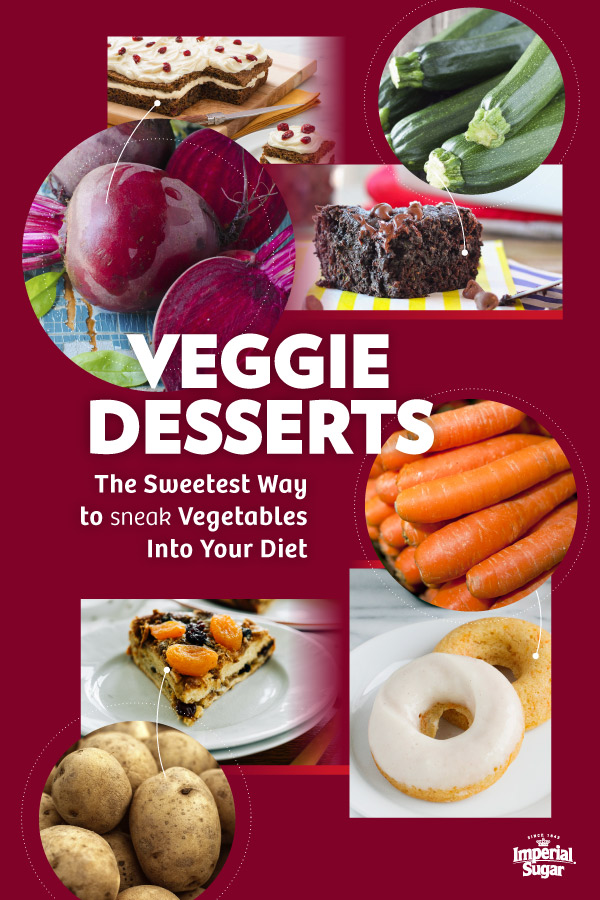
 then
then  Add IMPERIAL SUGAR to Home Screen
Add IMPERIAL SUGAR to Home Screen
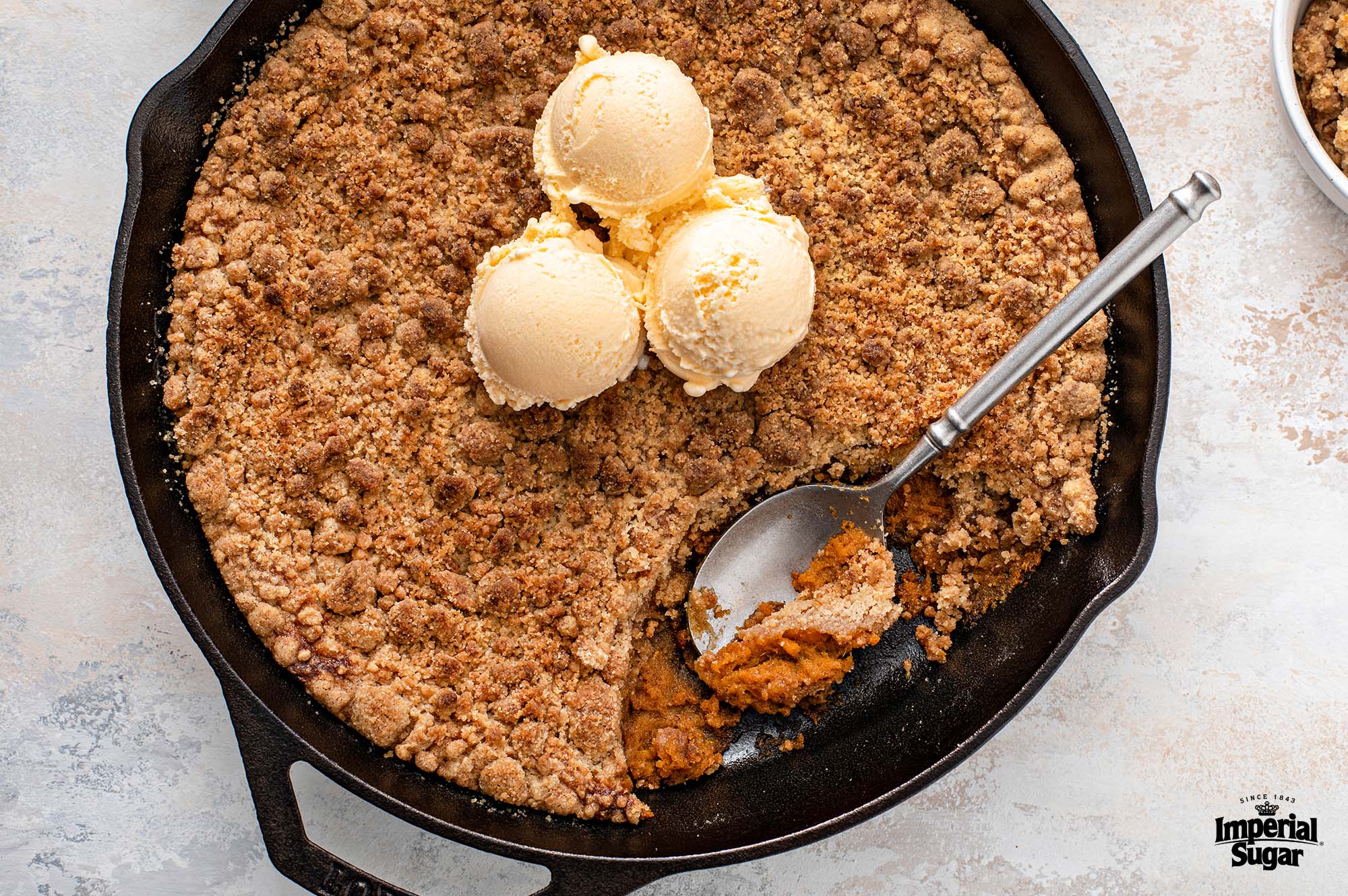
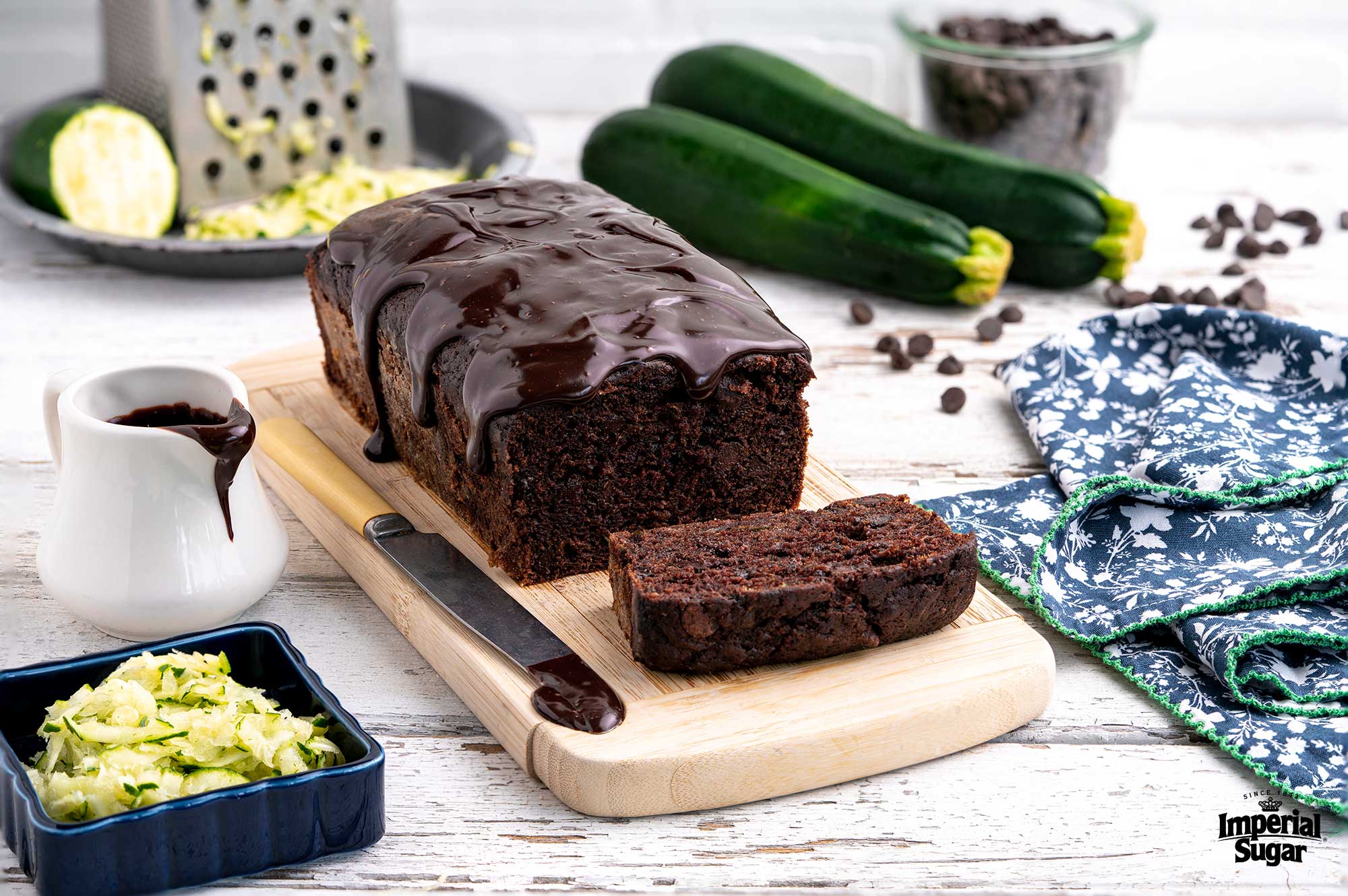
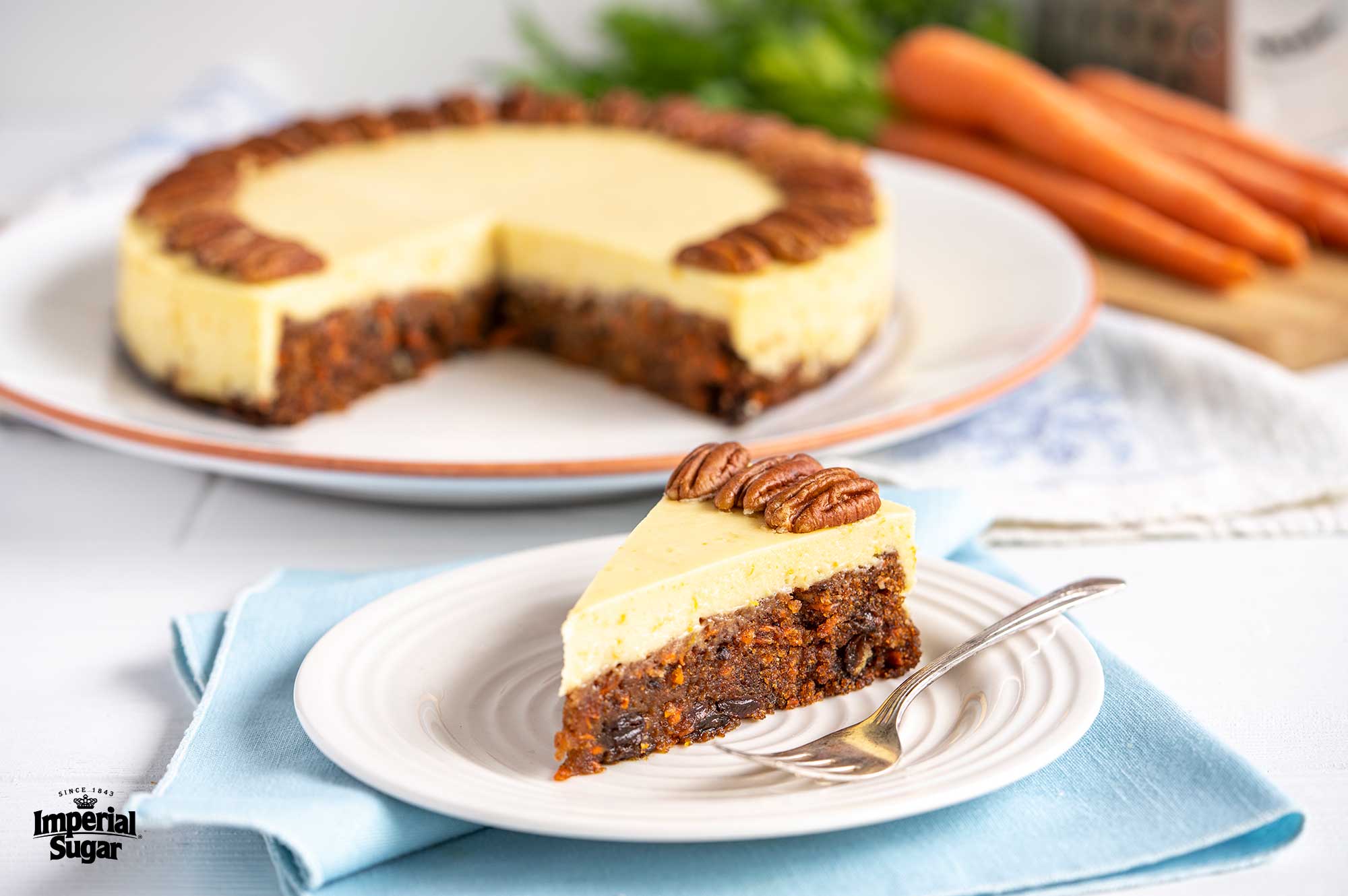
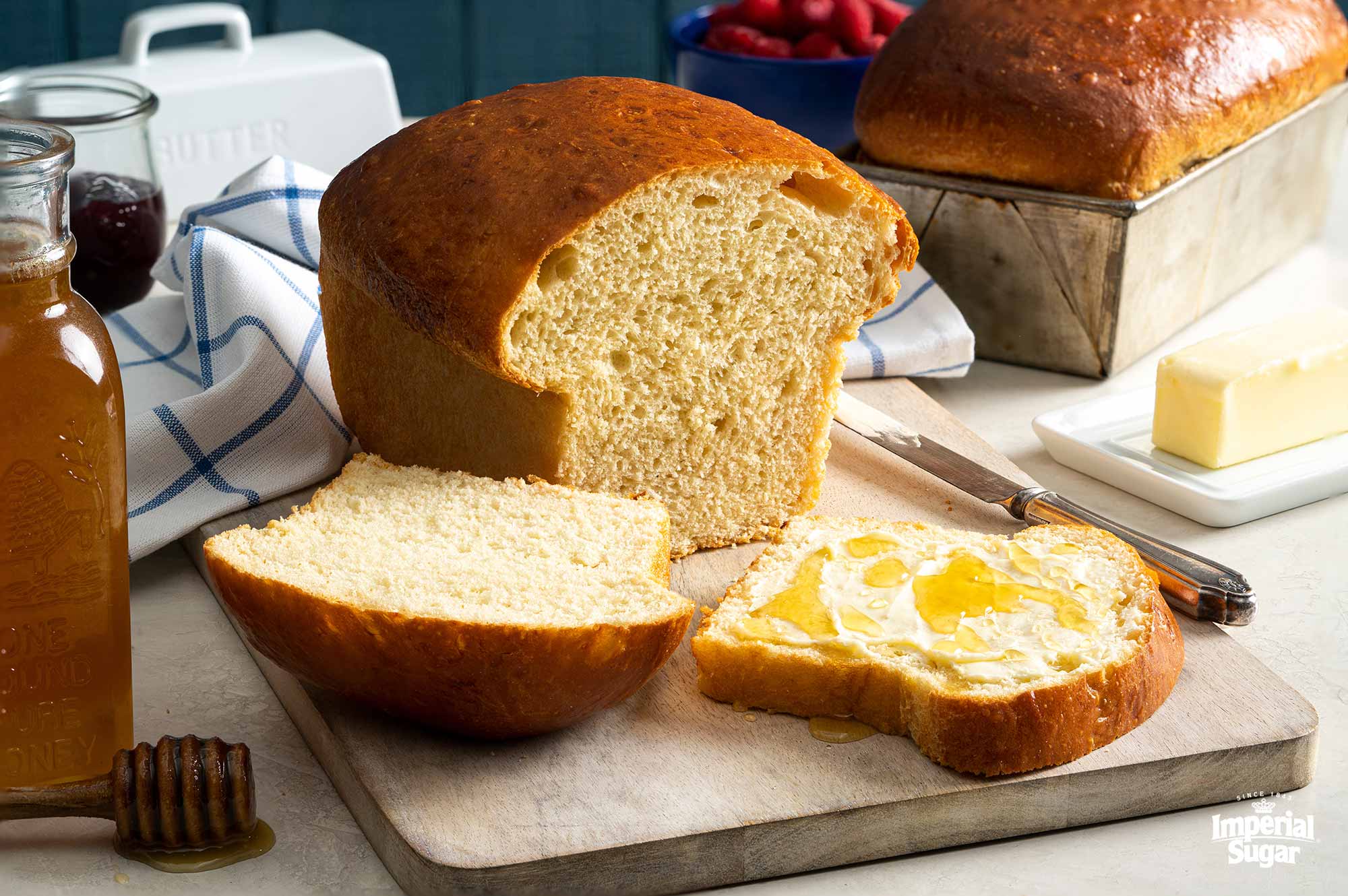
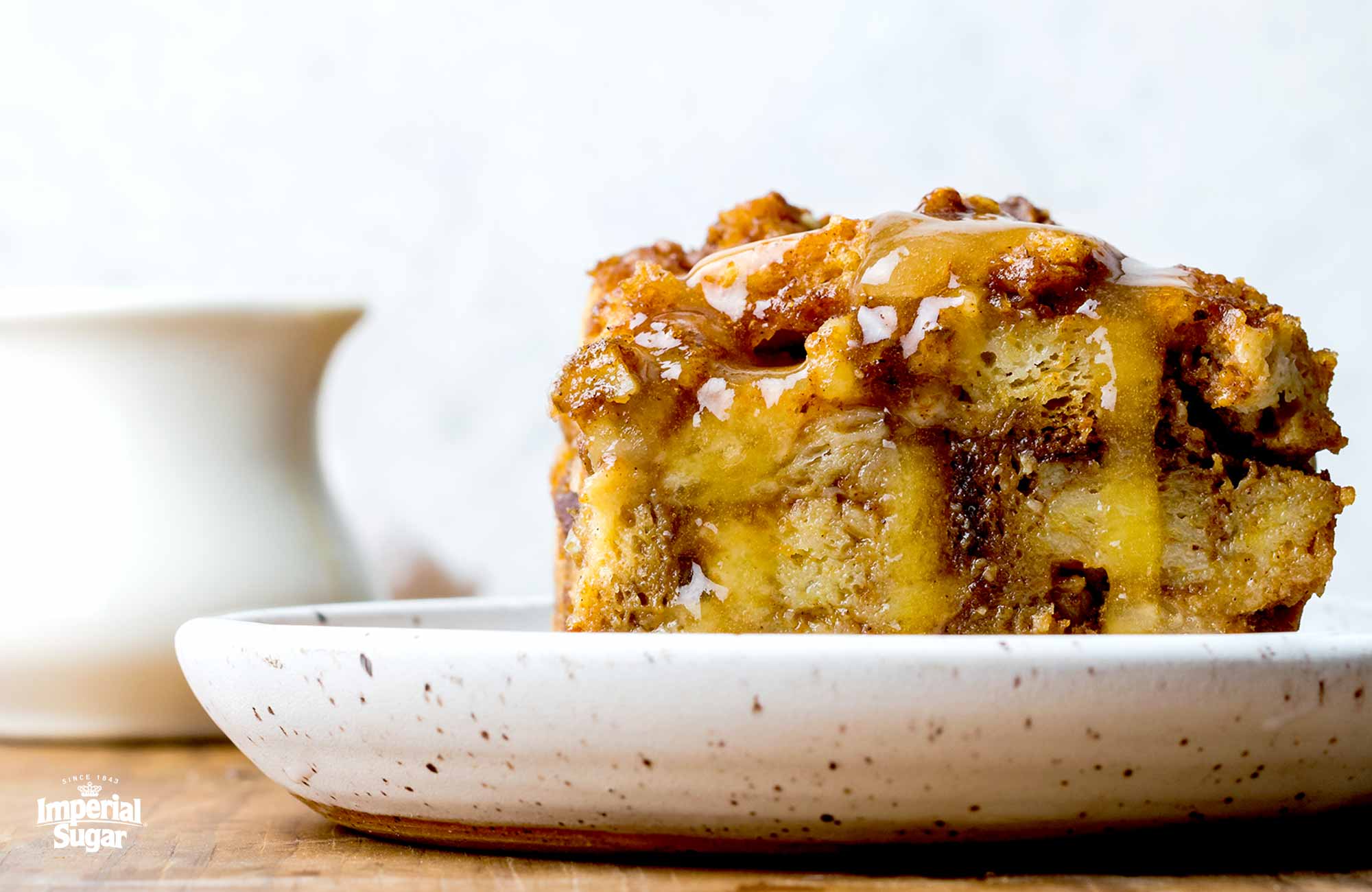
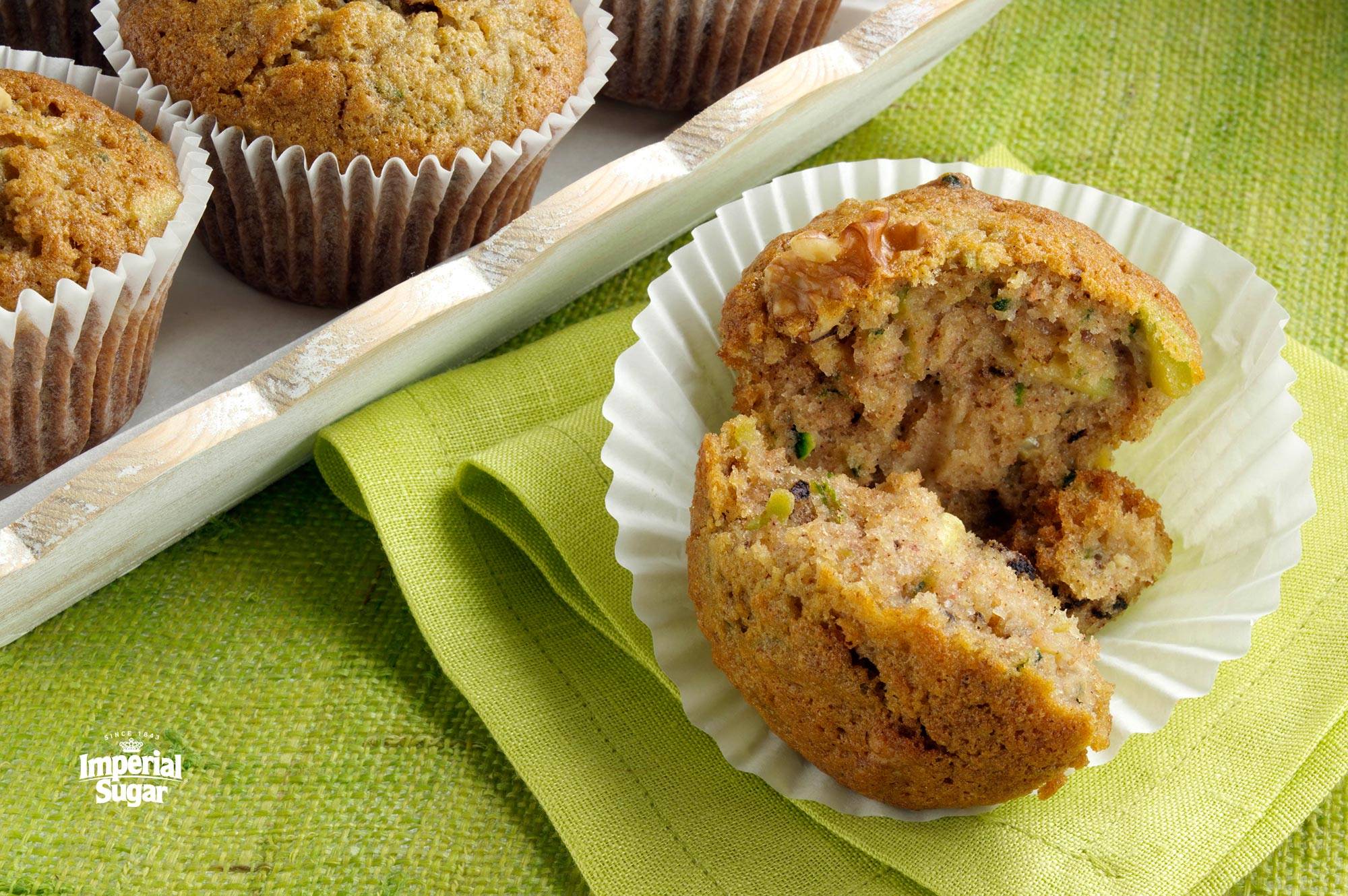

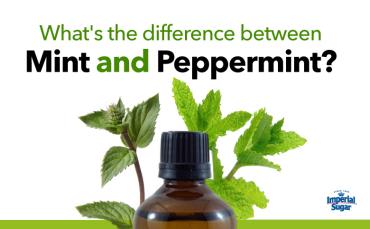

Sign in or create an account
You need an account to like and rate recipes, comment, and share a recipe with the community.
Continue with Facebook